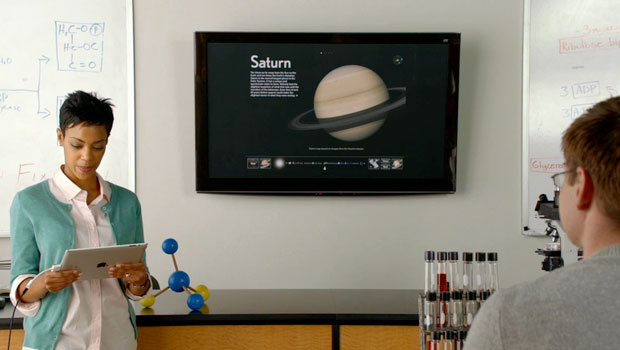One of the greatest challenges I’ve faced as a teacher was getting my students to understand how and why they procrastinate, and ultimately what it was costing them to do so. Year after year, I never saw any change in student behavior or attitudes as it related to laziness.
But it was once said that sometimes the best inspiration is born out of desperation. Through utter desperation, I went “back to the drawing board” to remind myself of the purpose of teaching, which is to get students to think for themselves – replacing a closed mind with an open one.
This approach proved effective as I stopped focusing on “giving” my students the answer and started focusing on leading my students to the answer for themselves. I started by mentally putting myself in their shoes. As a student, I asked myself, “What was most important to me as it related to my time?”
This question revealed the following four answers:
...continued
* Time with my friends
* Time alone (for hobbies and interests)
* Time to have fun
* Fear of not having enough of it (fun that is)
From that point, I picked the one element that seemingly impacted all the others – not having enough of it. Therefore, I grabbed the students’ attention by making them an offer:
“How would you like to have more free time to spend with your friends, have fun, and do the things that you love to do?” Trust me, this wasn’t a very difficult sell.
Now that I had their attention, I had to prove to them that they already had enough time to do those things; they were just abusing it. Of course, no one believed it, but that’s why we’re teachers…to take a closed mind and replace it with an open one.
Using my own creative juices, I had the students calculate how they were currently spending their time, from taking a shower, riding the bus to school, and to actual time in class. We listed only those items they had to commit themselves to (i.e., no one can really afford to avoid taking a shower).
We then added up their total time allotted for necessities and subtracted the total from the total number of hours available in a week (24 hrs x 7 days). To their amazement, students had a lot more “free hours” in a day (and a week) than they originally thought.
That look of amazement was soon replaced with the logical question of, “What happened to all of the remaining hours?” That was the million dollar question.
I then had them tell me how students “chose” to spend their time outside of the classroom, and we wrote each of their responses on the board. You would have been shocked by what they said. Typically, students will generate between 20 and 30 “time burning” activities (if not more).
The power of this exercise is revealed when they realize that the choices they make about their time have a direct influence on the results they experience in school (and in life). It’s a humbling experience for most and a shocking experience for some.
The lesson here is that you can lead students to school, but our job is to make them think…especially when it comes to procrastination.




